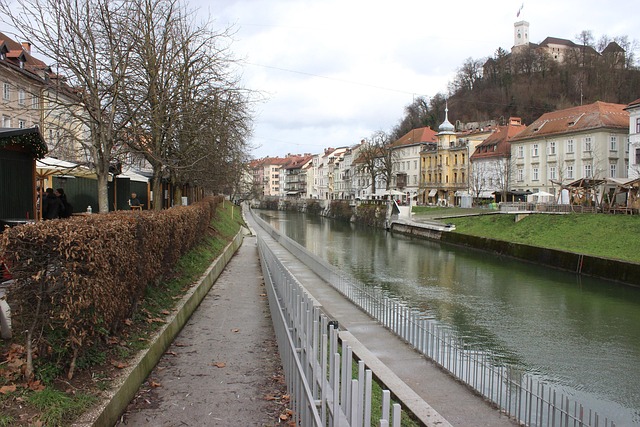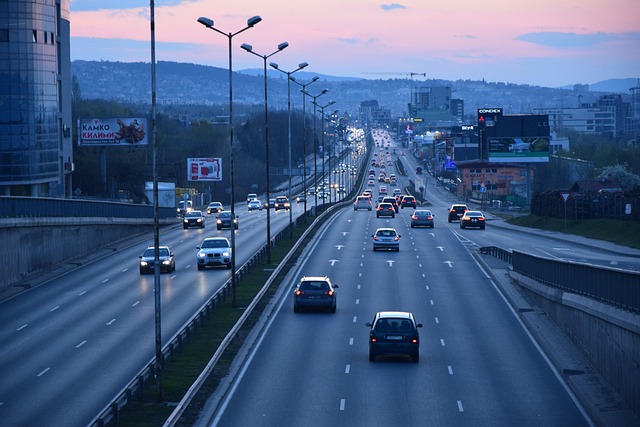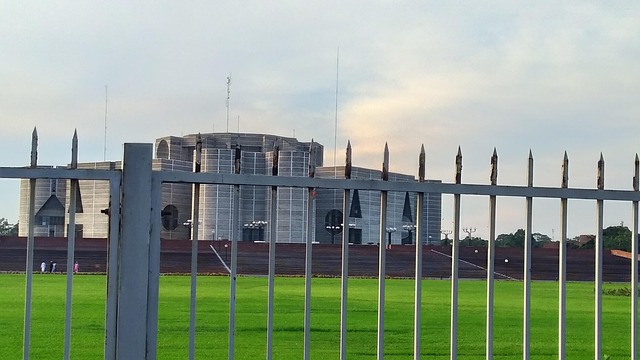
Karachi, Pakistan's vibrant metropolis, faces unique air quality challenges due to its coastal location and dense urban environment. The Air Quality Index (AQI), ranging from 0 to 500, helps residents and authorities monitor pollution levels, with lower values indicating better air quality. AQI data identifies high-pollution days, prompting measures to improve air quality. Staying informed empowers individuals to take precautions, ensuring healthier experiences in Karachi's dynamic environment. Key contributors to compromised air quality along the city's Motorway include heavy traffic emissions, nearby industrial activities, weather conditions, and geographic factors hindering pollution dispersion.
Karachi, Pakistan’s bustling metropolis, faces significant challenges regarding air quality, especially along its major thoroughfares like the Karachi Motorway. This article delves into the intricate world of the Air Quality Index (AQI), exploring how it reflects the city’s environmental health. We uncover the primary factors influencing air quality on this vital corridor, providing insights that underscore the need for targeted interventions to mitigate pollution and ensure a healthier future for Karachi’s residents.
- Understanding the Air Quality Index (AQI) in Karachi
- Factors Affecting Air Quality Along Karachi Motorway
Understanding the Air Quality Index (AQI) in Karachi

The Air Quality Index (AQI) is a crucial metric for understanding and communicating air pollution levels in Karachi, Pakistan. It provides a standardized way to categorize air quality, making it accessible to both experts and the general public. The AQI ranges from 0 to 500, with lower values indicating better air quality. In Karachi, which is known for its bustling metropolis and heavy traffic, the AQI often reflects the city’s unique challenges related to pollution.
Karachi’s location along the coast and its dense urban environment contribute to complex air quality issues. Motor vehicle emissions, industrial activities, and construction projects all play a role in shaping the city’s air quality. The AQI data helps residents and authorities identify days when pollution levels are high, prompting measures to enhance air quality. By staying informed about the AQI, folks can take actions like wearing masks or adjusting outdoor activities to ensure healthier experiences amidst Karachi’s dynamic landscape.
Factors Affecting Air Quality Along Karachi Motorway

The air quality along Karachi Motorway is influenced by a complex interplay of factors. One of the primary contributors is vehicle emissions, given the high density of traffic on this major thoroughfare. The constant stream of cars, trucks, and buses releases pollutants like nitrogen oxides, carbon monoxide, and particulate matter into the atmosphere, significantly impacting nearby areas, especially during peak hours.
Additionally, industrial activities in close proximity add to the pollution mix. Factories emitting toxic substances and construction sites contribute dust particles and volatile organic compounds (VOCs), further deteriorating air quality. Weather conditions also play a crucial role; stagnant atmospheric conditions due to heat or rainfall can trap pollutants near the ground, leading to hazardous levels of smog. Karachi’s geographic location, surrounded by water bodies, might seem beneficial, but it can also create microclimates that trap pollution, making it challenging to disperse cleanly.
The air quality along Karachi Motorway reflects the complex interplay of various factors, many of which are specific to Pakistan’s bustling metropolis. Understanding the Air Quality Index (AQI) is crucial for both residents and policymakers in addressing these challenges. By identifying key contributors to poor air quality, such as vehicle emissions and industrial activities, we can implement targeted strategies to improve Karachi’s air quality. In this dynamic city, continuous monitoring and proactive measures are essential to ensure a healthier future for its folks.






